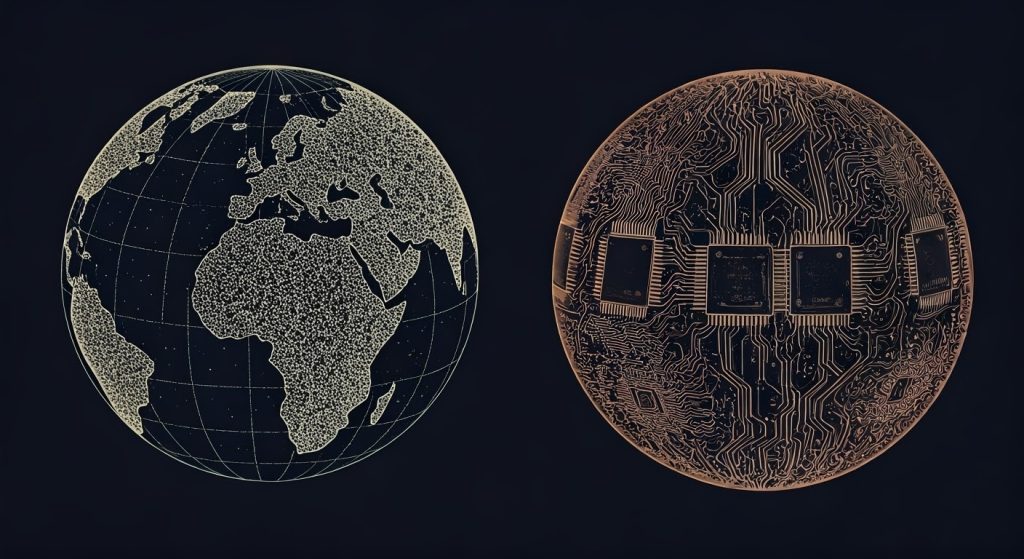
Digital twins are not a revolutionary concept. They have been around for years, quietly providing insights to engineers, developers and designers across the aerospace, automotive, construction and manufacturing sectors.
What is revolutionary about digital twins, however, is their potential. Advances in data collection and processing mean more potential applications for these simulacra, across a much wider range of industries, than ever before. Indeed, the sheer volume of data generated daily through customer interactions, process and task mining and internal communications could soon see the emergence of the first viable digital twin of an entire organisation.
So-called DTOs have been anticipated for years. Yet their emergence would not be possible were it not for significant advances in how enterprise architecture (EA) is thought about and structured.
In the past, the business design process has been developed using static architecture models that were siloed from methods of evaluating the performance of IT and business success. The first wave of EA software tools integrated databases with diagrams, followed quickly by dashboards, and then SaaS platforms. Now, real-time data, workflow, personalisation and collaboration are shaping up to be key tenants of the future of EA tools that could, potentially, bring about the coveted DTO.
Many EA models found in organisations today are based on static data – leaving business design and performance practically divorced from one another. By leveraging event stores and APIs, DTOs could bind together this performance with design in ways that were not previously attainable, in real-time, to evaluate and improve a range of processes.

DTOs as a driver for enterprise use cases
Off the bat, it’s worth stressing that DTOs could feasibly be used for a wide range of use cases. It would be important, then, to stay focused on the DTO applications where their capacity to shed new light is readily apparent. In revenue driver analysis, to take a good example, it’s easy to see how DTOs could enable organisations to effectively analyse drivers in real-time by correlating buying behaviour and demand signals with internal operational behaviour to get a much clearer view of these critical indicators.
DTOs could also shine a light on customer touchpoints to guide improvements to overall customer or user experience. As mentioned, AI is already being integrated into customer touchpoints, yielding more data that could be overlaid onto a customer journey DTO for clear visibility of customer-centric operations. This visibility could result in an increased ability for decision-makers to identify where speed bumps in the customer journey occur and work with internal process leads to rectify the problems.
In pivotal testing and planning before a major operational change, DTOs again hold great potential. A DTO would look and act like an enterprise but, of course, be a separate entity. This means it could be used to simulate business scenarios: new launches, shocks, changes to customer interfaces and more to give transformation stakeholders more confidence in the eventual results of what they execute in the organisation.
In such use cases, the proof would be in the pudding. A DTO’s potential to harness increasing enterprise data to overhaul our understanding of IT and business operations – yielding a massive amount of strategic insights – is apparent.

Where does this leave Enterprise Architects?
It’s worth considering where DTOs and the transformation of EA they’d represent leave Enterprise Architects (EAs), who have long been responsible for designing and planning the analysis behind the overall business strategy.
In short, they shouldn’t worry. EAs would be uniquely positioned to shepherd the deployments of a DTO as they’re the ones who can best articulate how and why the structure of the design of business and technology systems is mission-critical. DTOs would facilitate close working between EAs and key stakeholders to harness EA to kickstart organisational improvements. EAs are also laying the initial groundwork for DTOs, given that they’re the figures with an active stake in integrating data across a broad range of enterprise applications – which many organisations have already embarked on.
DTOs are increasingly feasible but are not yet mainstream. Making sense of the mind-blowing volume of data that would make up a full DTO, for example, requires new technology innovation to supplement human analysis. Expect the latest advancements in AI and machine learning to be the basis of such innovation, helping EAs sift through the noise of a DTO to find a signal that can be turned into business-ready insight.
The DTO concept has always been exciting. But today that excitement takes on a different shape – one that goes beyond the conceptual to something more real. Organisations that start laying the groundwork for future DTOs now, by integrating as much of their business and IT operational data as possible, stand to reap massive rewards when the next generation of EA beckons.
Ed Granger is the vice-president of product innovation at Orbus Software






